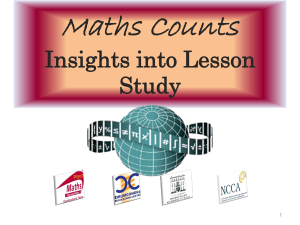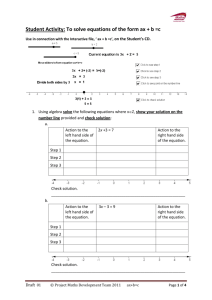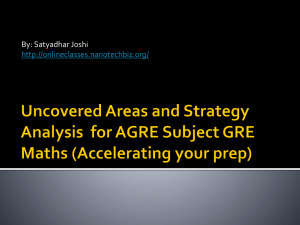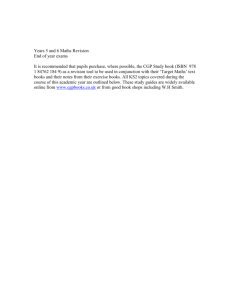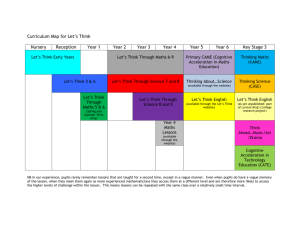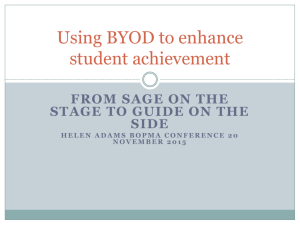Unit Overview - s0107638Assignment
advertisement
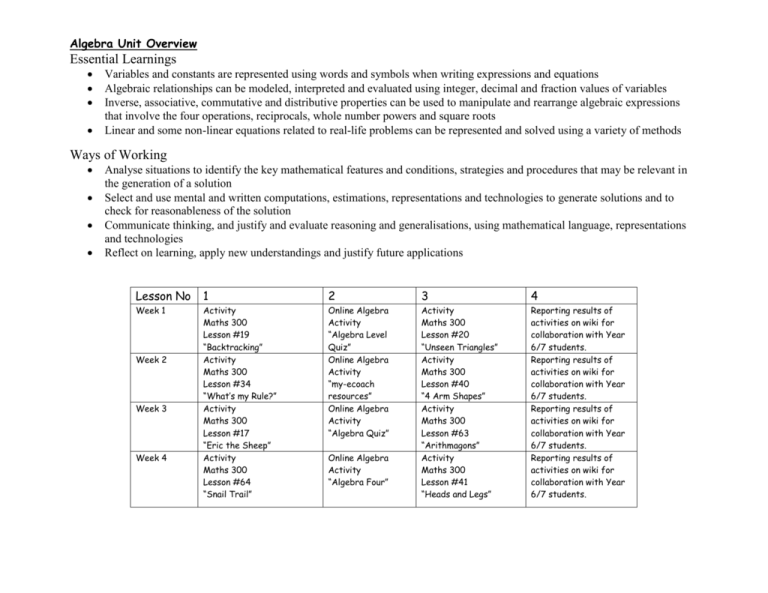
Algebra Unit Overview Essential Learnings Variables and constants are represented using words and symbols when writing expressions and equations Algebraic relationships can be modeled, interpreted and evaluated using integer, decimal and fraction values of variables Inverse, associative, commutative and distributive properties can be used to manipulate and rearrange algebraic expressions that involve the four operations, reciprocals, whole number powers and square roots Linear and some non-linear equations related to real-life problems can be represented and solved using a variety of methods Ways of Working Analyse situations to identify the key mathematical features and conditions, strategies and procedures that may be relevant in the generation of a solution Select and use mental and written computations, estimations, representations and technologies to generate solutions and to check for reasonableness of the solution Communicate thinking, and justify and evaluate reasoning and generalisations, using mathematical language, representations and technologies Reflect on learning, apply new understandings and justify future applications Lesson No 1 2 3 4 Week 1 Activity Maths 300 Lesson #19 “Backtracking” Activity Maths 300 Lesson #34 “What’s my Rule?” Activity Maths 300 Lesson #17 “Eric the Sheep” Activity Maths 300 Lesson #64 “Snail Trail” Online Algebra Activity “Algebra Level Quiz” Online Algebra Activity “my-ecoach resources” Online Algebra Activity “Algebra Quiz” Activity Maths 300 Lesson #20 “Unseen Triangles” Activity Maths 300 Lesson #40 “4 Arm Shapes” Activity Maths 300 Lesson #63 “Arithmagons” Activity Maths 300 Lesson #41 “Heads and Legs” Reporting results of activities on wiki for collaboration with Year 6/7 students. Reporting results of activities on wiki for collaboration with Year 6/7 students. Reporting results of activities on wiki for collaboration with Year 6/7 students. Reporting results of activities on wiki for collaboration with Year 6/7 students. Week 2 Week 3 Week 4 Online Algebra Activity “Algebra Four”
